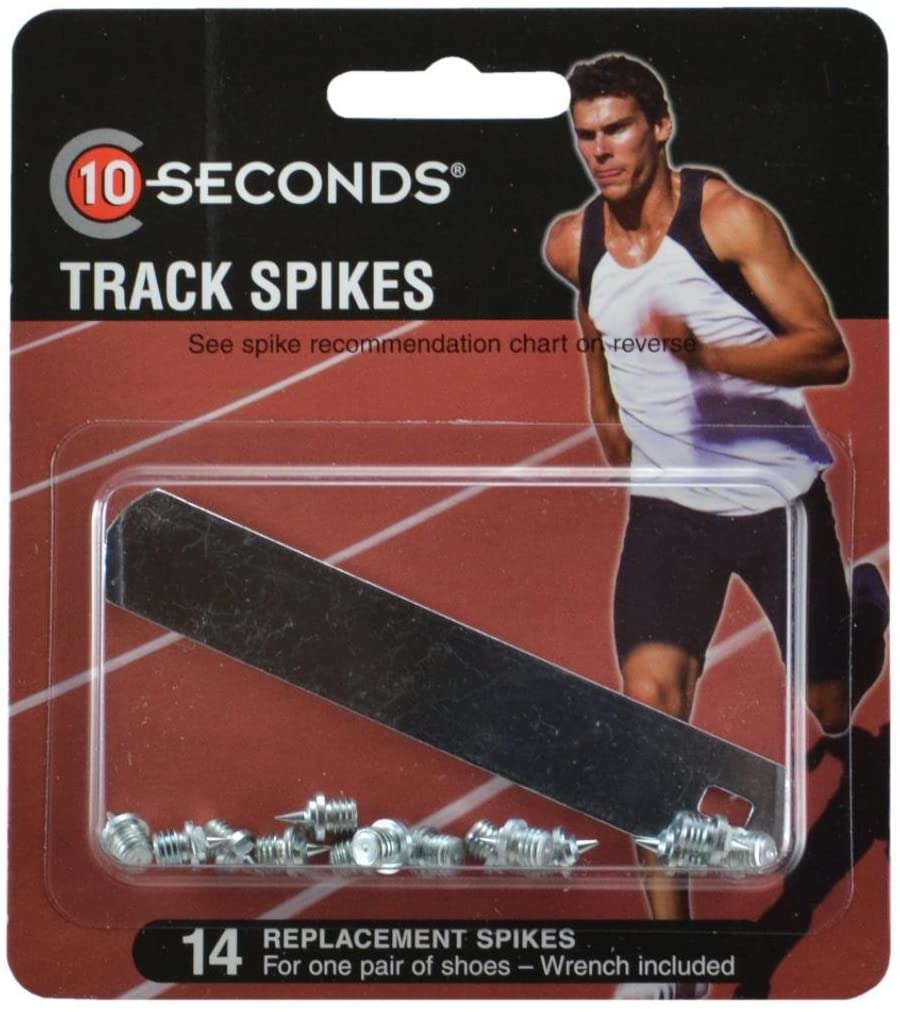Track Spikes 1 4 Inch Pyramid

A recent proposal to standardize track spike length to a maximum of 1/4 inch has ignited debate within the athletics community, prompting discussions about fairness, performance, and safety across various competition levels.
The proposed rule change, initially suggested by several international athletic federations, aims to create a more level playing field while mitigating potential risks associated with longer spikes. The 1/4-inch pyramid spike, already a common standard in many lower-level competitions, is being considered for broader adoption, potentially impacting athletes at all levels, from high school to professional.
Understanding the Proposed Change
The current regulations regarding track spike length vary significantly across different organizations and competition levels. Some federations allow for longer spikes, particularly for events like cross country and longer distance races where traction is paramount.
However, concerns have been raised about the potential advantages afforded by these longer spikes, as well as the increased risk of injury they may pose to both the wearer and other athletes.
The 1/4-inch pyramid spike is being touted as a compromise, offering sufficient grip for most track surfaces while reducing the potential for excessive strain on the athlete's lower limbs and minimizing the risk of accidental puncture wounds.
Arguments for Standardization
Proponents of the standardization argue that it would promote a fairer competitive environment. Currently, athletes with access to specialized or longer spikes may gain an unfair advantage, particularly on softer tracks.
By limiting spike length, the focus shifts more squarely to the athlete's inherent abilities and training, rather than the equipment they use. This levels the playing field and potentially increases accessibility to the sport for athletes from diverse backgrounds.
Another key argument is the potential for increased safety. Longer spikes can increase the risk of ankle and foot injuries, especially on harder track surfaces. The shorter pyramid spike reduces this risk, protecting athletes from potential harm.
Concerns and Counterarguments
Despite the perceived benefits, the proposal has faced resistance from some quarters of the athletic community. Some athletes and coaches argue that the 1/4-inch spike may not provide sufficient traction, particularly in wet or muddy conditions.
They suggest that this could negatively impact performance, especially in events requiring explosive starts or quick changes of direction. Some studies suggest longer spikes offer a marginal performance benefit in certain events.
Concerns have also been raised about the potential for athletes to circumvent the rule by using harder, more aggressive materials in the spike construction, thereby negating the intended safety benefits.
Potential Impact on Athletes
The implementation of a universal 1/4-inch spike rule could significantly impact athletes at all levels. High school athletes, who often compete with limited resources, may benefit from the reduced cost and increased accessibility of standardized spikes.
Collegiate athletes, who are often subject to stricter regulations, may see a more level playing field in terms of equipment. Professional athletes, known for their meticulous attention to detail and performance optimization, may need to adapt their training and technique to accommodate the change.
The impact could also extend to manufacturers, who may need to adjust their production processes to meet the demand for standardized spikes. It remains to be seen how these companies will innovate within the new regulatory landscape.
"This is a significant issue that needs careful consideration," said Dr. Emily Carter, a sports biomechanist. "We need to balance the pursuit of performance with the need to protect athletes from injury."
The Role of Governing Bodies
Ultimately, the decision to standardize track spike length rests with the various governing bodies responsible for overseeing athletics. These organizations will need to carefully weigh the arguments for and against the proposal, considering the potential impact on athletes, coaches, and manufacturers.
A transparent and inclusive consultation process is crucial to ensure that all stakeholders have an opportunity to voice their concerns and contribute to the final decision. Data from scientific studies and feedback from athletes and coaches will be essential in informing the decision-making process.
The International Association of Athletics Federations (IAAF), for example, is expected to conduct further research and consult with member federations before making a final determination. The decision could set a precedent for other sports facing similar debates about equipment standardization.
Conclusion
The debate surrounding the 1/4-inch pyramid spike highlights the ongoing tension between performance enhancement, safety, and fairness in competitive sports. While the proposed standardization aims to level the playing field and reduce the risk of injury, concerns remain about its potential impact on performance and the possibility of unintended consequences.
As governing bodies navigate this complex issue, it is imperative that they prioritize the well-being of athletes and foster a transparent and inclusive decision-making process. The future of track and field may well depend on it.
The outcome of this proposal will undoubtedly shape the landscape of track and field for years to come, underscoring the importance of evidence-based decision-making and collaborative dialogue in the realm of sports governance.


















